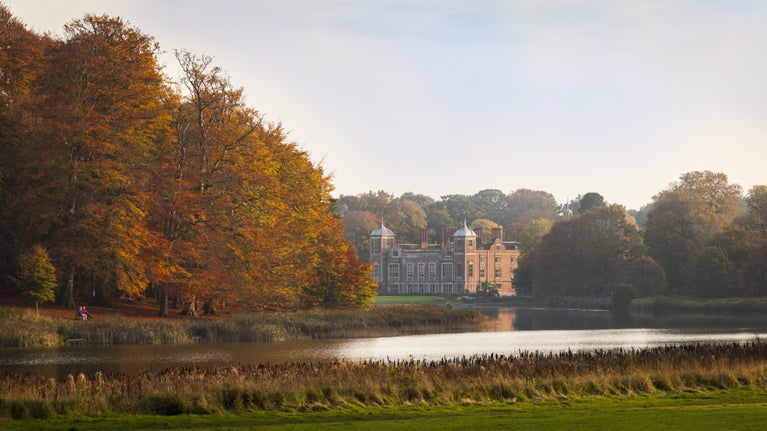How we’re restoring peatland
A healthy bog is one way of helping to retain water near its source. Y Migneint moor is a good example of this – the rainfall entering Y Migneint is filtered through the sphagnum mosses in the bog, which act like a sponge to slow the flow of the water.
Y Migneint is much wetter today than it was a decade ago, thanks to over 35,000 new dams and over 300km of blocked drainage ditches. In turn, this has helped to restore a precious habitat, improving its ability to store carbon and alleviate flooding downstream, and a wetter bog also helps reduce risk of wildfires and drought.
Combined, this makes Y Migneint a haven for the increasingly rare hen harriers, golden plovers and curlews.
Planting more trees
Historic tree cover has diminished in the catchment like many other parts of the country, and the project is addressing this by planting more trees. We’re doing this in a way that complements land uses by planting the right tree in the right place.
In Dyffryn Mymbyr near Capel Curig, the wettest place in Wales, we’re in the process of planting thousands of trees in this vast landscape along rivers and streams, and scattered along the hillside. As well as helping to reduce the flow of water, it will improve the ffridd habitat and provide a valuable wildlife corridor connecting the wooded landscapes of Nantgwynant and Capel Curig.
River restoration
One of the priorities of the project is restoring the rivers within the catchment, which includes 12 waterbodies over 574km².
We’ve recently restored part of Afon Machno at Carrog Farm to allow natural processes by removing an artificial embankment. This has helped reconnect the river with its natural flood plain, making more space for water and nature which helps alleviate flooding downstream.
We’re now applying techniques we trialled at Carrog Farm to other sites within the catchment including Nant y Gwryd, a river flanked by Wales’ highest peak, Yr Wyddfa (Snowdon).










